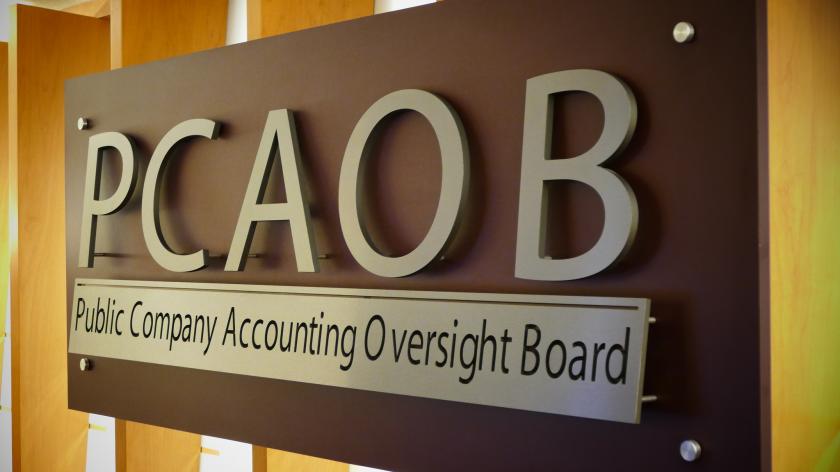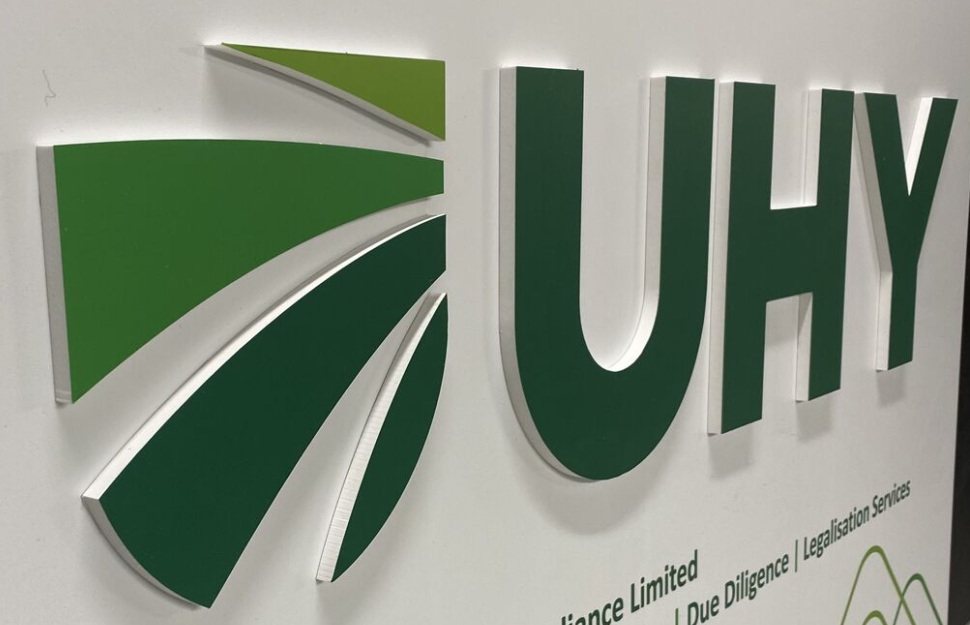The fundamental aim of the CPA’s work – ensuring that our companies and clients are built on a fiscal foundation solid enough for sustained growth – remains more critical than ever. One needs only look at the latest business headlines to confirm what accountants already know: numbers must be real, and companies with weakly formulated valuations will not survive.
Yet as external pressures have intensified, including the dizzying array of evolving SEC guidelines, it’s been far too easy for accountants to become insular, even myopic, focused exclusively on the black-and-white of the bottom line, and complacent when it comes to adding value to companies’ operations.
Financial gatekeeping has consumed accountants’ time and energy at the expense of broad-based process improvements, even as increasing competition for companies, both domestically and internationally, demands more.
But accountants’ very position as gatekeeper – with hands on the books and unique insight into issues like ineffective and outdated operations, limited policy adherence and increasing benefits costs – demands that their role evolve and expand to one of strategic advisor by examining operations and processes across the organization that directly impact its fiscal health.
Bits, Bytes and the Bottom Line
Now is the time to lead the charge toward enhancing our clients’ and companies’ operational efficiency. As those tasked with safeguarding the bottom line and helping companies think strategically about their financial assets, we can no longer ignore our concomitant responsibility, to highlight the areas ripe for efficiency gains and the tools that lead to process improvements.
We can offer our clients and companies uniquely clear sightlines to areas of need and solutions that will meet them, fundamentally improving their bottom line – and we must seize every opportunity to do so.
We are fortunate to meet this challenge in an era where technology solutions correspond with every business need imaginable. With cloud computing on the rise, there is no shortage of business process applications.
Research from Gartner indicates that even without process redesign, automation alone can improve productivity by 12 percent or more by simply making timing and responsibilities explicit.
With technology, expanding our advisory role can and should complement – not conflict with – our fundamental role as steward of our clients’ and companies’ financial health. Though many of the available tools once came with a high implementation cost, the widespread availability of SaaS solutions can now transform a company’s operations with very low overhead, implementation or training cost investment.
Yet a recent AICPA survey confirms sluggish adoption of available solutions, with nearly half of CPAs reporting their own firms do not use business-grade cloud technology – a trend most likely present among client companies as well.
This presents CPAs with a tremendous opportunity to offer unique value, by identifying which automated solutions are best poised to address gaps we observe in our companies’ operational efficiency and productivity – without burdening resources.
Automate the Low-Hanging Fruit
Generally, two target areas are ripe for automation and offer opportunities we should exploit to reduce costs. The first is in places where workflow creates bottlenecks with multilayered approval processes, such as creating expense reports, paying invoices and procuring certain resources.
Here, automation reduces repetitive workflow by creating a single point of entry into and out of the organization. The second is in areas where knowledge is specialized and can be applied systematically, reducing the number of hands involved and creating less strain on resources.
Tried-and-proven solutions can be deployed immediately to improve operational lags across an organization, including areas of particular benefit to the finance team:
- Accounts Payable and Payroll – Automating PO requisition, invoice processing and payroll eliminate paper and procedures without compromising operational protocol. By simplifying and accelerating the invoice review and approval process, companies reduce errors and save time and money.
- Travel and Expense Management – The cost for hotels and flights add up, particularly when employees are left to their own judgment in procuring them. But what’s under even greater scrutiny is the resulting chain of paperwork and approval requirements that drain operational resources productivity. Automated solutions address both of these issues, enabling companies to aggregate spend to achieve greater value from providers and eliminate time spent processing expense reports.
- Food Ordering – Many companies have no idea what total amount of food is being ordered and for what business purpose. By consolidating and automating the food ordering process with an online ordering and billing system, companies can benefit from a single ordering portal, consolidating charges for the entire company into one invoice and requiring critical business information, such as business purpose and budget or billing code, at the time of purchase. These systems can also enable the enforcement of rules and budgets, so companies can proactively control spend in an area that may not be mission critical.
- Human Resources – A study by Aberdeen revealed that one of the most common things keeping HR departments from evolving into a more strategic functional area is “too much time spent on tactical HR activities.” Perhaps even more important, access to critical data about the workforce is difficult, if not impossible, to come by with traditional processes. Combine that with the critical nature of security and compliance in an HR department, and the urgency for automation in this area skyrockets. By reducing tactical activities, you’ll free up time to focus on development and retention efforts that add to the firm’s intellectual capital and directly impact growth.
Command Brings Control
If the work of accountants provides a lens that can focus companies on areas of greatest potential cost savings, solutions that automate and consolidate business processes effectively increase the magnification of that lens.
Automated solutions provide invaluable insight into the core of business functions, giving our organizations a true, real-time sense of spending, policy adherence and potential abuse. With crystal-clear visibility into those processes, companies can not only improve current operations, but better conduct the kind of organizational planning and forecasting that lead to enhanced competitiveness in the market and enable growth.
Automation also provides the benefit of making employees’ lives easier – and their work more efficient – in the day-to-day. By moving employees’ focus from mundane, repetitive, “processing” tasks to more strategic functions that help grow the organization, such as enabling accounting teams to focus on benchmarking, analysis and reporting instead of manually tracking expense reports – we not only improve their sense of value to the company, we free up the intellectual capital of the organization’s most valuable asset.
With automation, CPAs can transcend the role of number cruncher to become a more strategic advisor, pointing out areas where tighter controls will create efficiency and lead our clients and companies to stronger growth. It’s time to take a step beyond making sure the numbers add up, and use the tools that are out there to make sure those numbers grow.
——————-
Ted Pastva is Vice President of Finance at New York-based Seamless.
Thanks for reading CPA Practice Advisor!
Subscribe Already registered? Log In
Need more information? Read the FAQs



